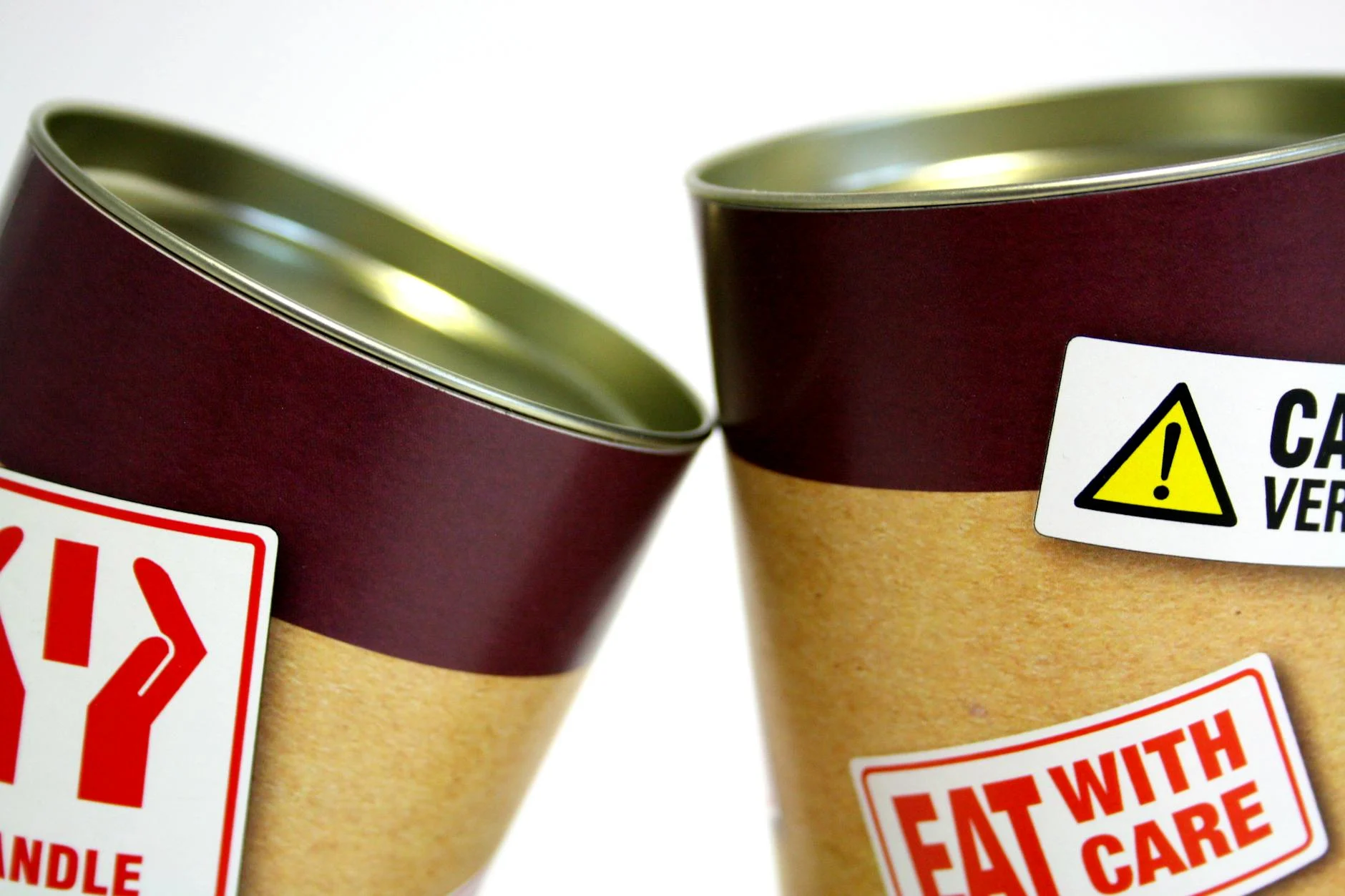
Have you ever picked up a product at the grocery store, glanced at the food label, and felt reassured by all the healthy-sounding claims? If so, you’re not alone. Food labels are designed to grab your attention and influence your choices, but they don’t always tell the full story. Many of the claims you see are carefully crafted, sometimes misleading, and can even hide the real truth about what you’re eating. Understanding the biggest lies on your food labels is crucial for making smarter, healthier decisions. When you know what to look for, you can shop with more confidence and avoid falling for clever marketing tricks. Let’s break down the four biggest lies you’ll find on your food labels and how to spot them.
1. “All Natural” Doesn’t Always Mean Healthy
The phrase “all natural” is one of the most common—and misleading—food label claims. It sounds reassuring, but in reality, it has very little regulation behind it. In the United States, the FDA doesn’t have a strict definition for “natural” when it comes to food labels. That means companies can use the term even if their products contain processed ingredients, added sugar, or unhealthy fats.
For example, a granola bar labeled “all natural” might still contain cane sugar, syrups, or other sweeteners. The food label may also hide preservatives or additives by using their scientific names, making them less obvious to the average shopper. Just because something is “all natural” doesn’t mean it’s automatically good for you. Always check the ingredient list and nutrition facts panel to get the real picture of what you’re eating.
This food label lie is especially important to spot if you’re trying to avoid processed foods or improve your diet. Don’t let the “all natural” buzzword on a food label trick you into thinking you’re making a healthy choice.
2. Serving Sizes Are Smaller Than You Think
Ever felt shocked after realizing you just ate double or triple what the food label calls a serving? You’re not alone. Companies often use unrealistically small serving sizes to make their products look healthier than they really are. This trick is one of the oldest lies on food labels.
Let’s say you buy a bag of chips. The food label might list 140 calories per serving, but the serving size is just 12 chips. If you eat half the bag, you could be consuming several servings—and all the sugar, salt, or fat that comes with it. The same goes for beverages, cereals, and even frozen meals. The numbers on the food label often look better simply because the serving size is much smaller than what most people actually eat.
To avoid this lie, check the serving size first and multiply the nutrition numbers by the amount you plan to eat. This way, the food label becomes a tool you can trust, not a source of confusion.
3. “Sugar-Free” and “No Added Sugar” Are Not the Same
If you’re watching your sugar intake, you may be drawn to foods labeled “sugar-free” or “no added sugar.” But these two claims don’t mean the same thing—and both can be misleading. “Sugar-free” means the product contains less than 0.5 grams of sugar per serving, but it can still have artificial sweeteners, sugar alcohols, or other additives to mimic sweetness.
On the other hand, “no added sugar” means no sugar was added during processing, but the product could still be high in natural sugars. For example, fruit juice labeled “no added sugar” may have as much sugar as soda, all from the fruit itself. The food label may also hide sugars under different names, like maltose, dextrose, or corn syrup solids.
Don’t let the food label trick you into thinking “sugar-free” or “no added sugar” always means low sugar or healthy. Always scan the ingredients and the total sugar content. If you want to learn more about how sugar is labeled, check out this guide to sugar on food labels.
4. “Made With Whole Grains” Can Be Deceptive
Whole grains are good for your health, but the phrase “made with whole grains” on a food label can be misleading. Many products use this claim even if they contain only a small amount of whole grains. The rest of the product might be made from refined flour or other processed grains.
For example, some breads, crackers, or cereals boast about being “made with whole grains” but actually contain more white flour than whole wheat flour. The food label may show whole grains far down the ingredient list, meaning there’s not much in each serving.
If eating whole grains is important to you, look for products where whole grain ingredients are listed first. Also, check for a higher percentage of fiber on the nutrition facts. Don’t let this food label trick convince you you’re getting more whole grains than you really are.
Shop Smarter by Reading Food Labels Critically
Understanding the truth behind your food label helps you take control of what you eat and feed your family. Companies use clever wording and creative serving sizes to make their products appear healthier than they are. By learning to spot these food label lies, you can make better choices and avoid falling for empty marketing promises.
The next time you shop, take a closer look at each food label. Read the ingredients, check the serving sizes, and don’t let buzzwords like “all natural” or “made with whole grains” do the thinking for you. Your health—and your wallet—will thank you for it. What misleading food label claims have you noticed lately? Share your thoughts in the comments below!
What to Read Next…
- Grocery Chains Sued for Mislabeling: How Trustworthy Are Your Food Labels?
- The Truth About Cage Free, Grass Fed, and Other Food Labels
- 10 Ways Organic Labels Can Be Misleading at the Grocery Store
- Why Organic Food Coupons Can Feel Like a Trap
- 6 Organic Foods That Really Aren’t Organic
The post Do You Know the 4 Biggest Lies on Your Food Labels? appeared first on Grocery Coupon Guide.







